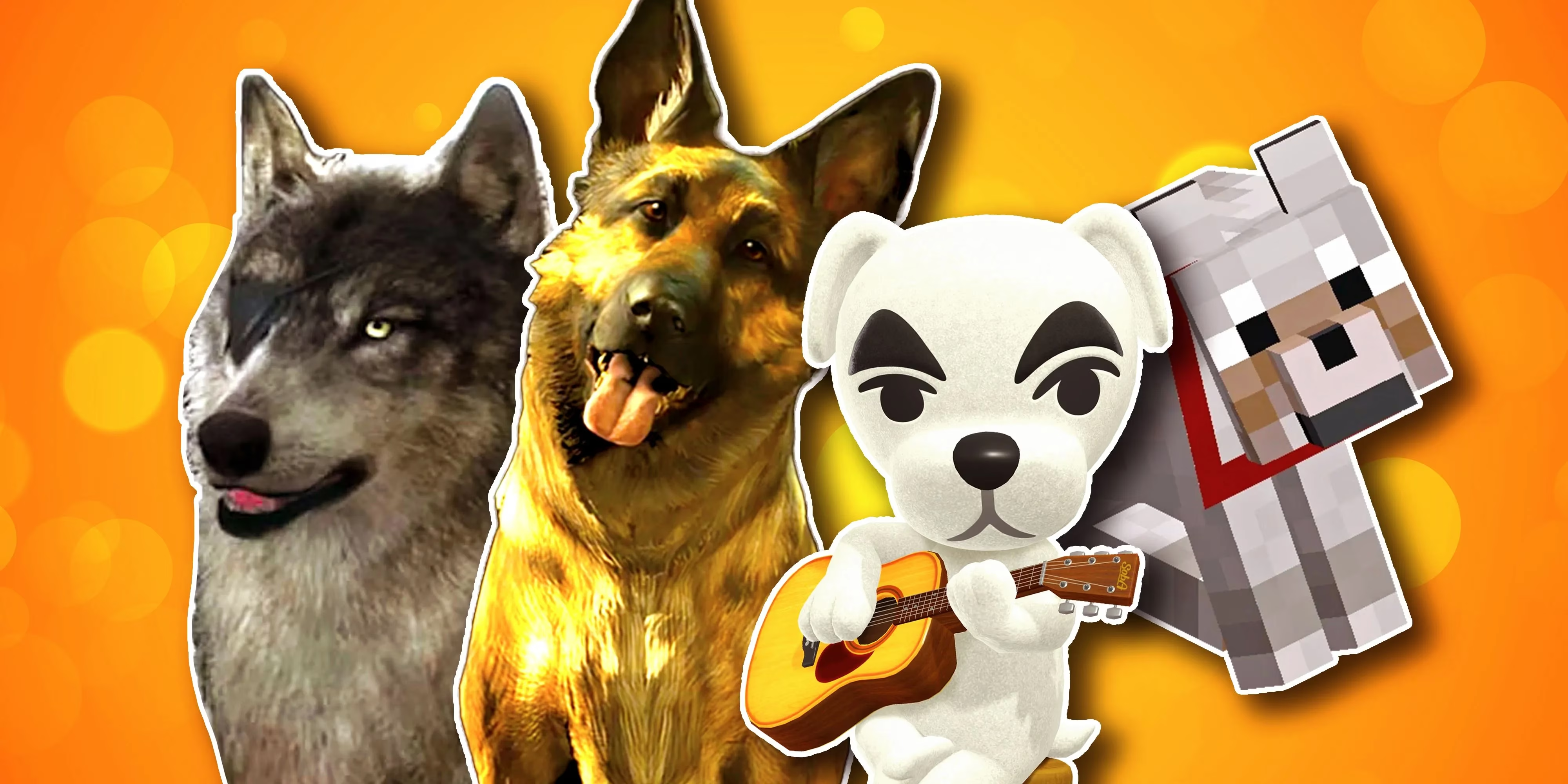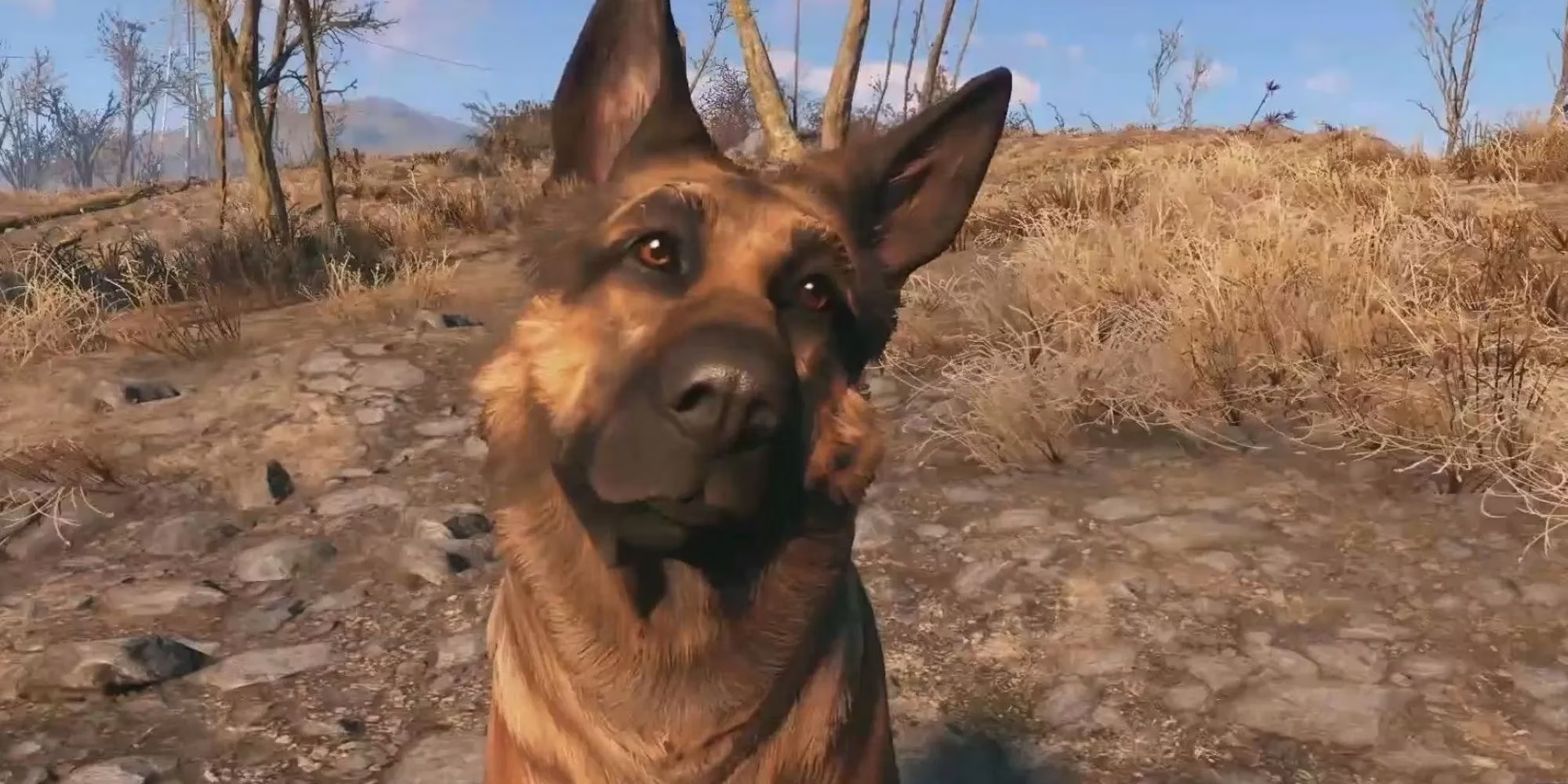Virtual Canines: The Heartwarming Role of Dogs in Modern Gaming
Explore how virtual canine companions in 2025 redefine gaming with emotional depth, transforming pixels into loyal, comforting friends across genres.
In the boundless digital realms of 2025, where games transport players to fantastical worlds and impossible adventures, an unexpected constant emerges across genres and platforms: the wagging tail of a loyal pixelated companion. From sprawling RPGs to minimalist indie titles, virtual canines have evolved from mere background assets to emotional anchors, offering solace during apocalyptic battles and companionship during solitary building sessions. These digital pets have become as integral to gaming culture as health bars or loot crates, transforming pixels into profound emotional connections that transcend ones and zeros.
🐾 A Legacy of Virtual Companionship
The tradition dates back to gaming's primordial era, when 1981's text-based Zork II first allowed players to type "pet dog" into its command-line interface. Five years later, King's Quest III broke new ground by visually depicting a character caressing a canine sprite—a revolutionary moment that planted the seed for decades of virtual petting. Fast-forward to 2025, and developers treat canine companions with unprecedented care, crafting nuanced AI behaviors: dogs that remember favorite walking routes in open-world games, react to in-game weather systems, or even develop unique personality traits after prolonged player interaction.

❤️ The Emotional Alchemy of Pixels and Pets
Scientifically, the phenomenon mirrors real-world animal therapy. As the National Institute of Health confirms, interaction with animals lowers cortisol and blood pressure—effects replicated when players pause mid-quest to scratch a virtual Labrador's ears. For many, these moments become emotional pressure valves; a player besieged by eldritch horrors might find sanctuary in their cyber-hound's unwavering gaze, much like clutching a childhood teddy bear during a thunderstorm. Gaming's digital canines are emotional Swiss Army knives—compact bundles of code deploying instant comfort precisely when needed.
"My Fallout 3 companion Dogmeat wasn't just code," reflects veteran gamer Marcus Chen. "During pandemic lockdowns, that pixelated German Shepherd became my anchor—a steadfast presence when human connections felt frayed. Even now, booting up the game feels like visiting an old friend who never judges your life choices."

🎮 Iconic Tails of Devotion
Gaming history brims with legendary hounds who've left paw prints on players' hearts:
| Canine Companion | Game | Legacy |
|---|---|---|
| Dogmeat | Fallout series | Gaming's most traveled wasteland survivor (7+ appearances) |
| DJ Rex | Minecraft | Immortalized as permanent emotional support for builders |
| D-Dog | Metal Gear Solid V | Tactical espionage expert with bionic eye |
| PaRappa | PaRappa the Rapper | Hip-hop legend with flow sharper than his fangs |
Bethesda's Dogmeat particularly exemplifies this evolution. What began in 2008 as a simple companion now features in 2025's Fallout: New Frontiers with advanced AI—remembering player habits, developing fears or affections toward certain factions, and even exhibiting jealousy when other companions receive attention.

🧠 The Psychology Behind the Pixels
Why do these creations resonate so deeply? Neurological studies reveal that bonding with virtual pets activates similar neural pathways as real animal interactions. For players barred from pet ownership by allergies, leases, or finances, game dogs become luminous lighthouses in lonely seas—offering unconditional acceptance without vet bills. As indie developer Elena Rodriguez notes: "We program their loyalty algorithms carefully. A virtual dog's gaze must feel like sunlight piercing storm clouds—brief but transformative."
🌈 Every Player's Perfect Pooch
The beauty lies in gaming's canine diversity. While mainstream titles offer photorealistic breeds, niche games cater to every preference:
-
Ghost-hunting corgis in Phantom Pups: Spectral Sniffers
-
Bioengineered cyber-mastiffs in Neo-Tokyo K9 Unit
-
Minecraft's endlessly customizable companions with dyeable collars

This democratization of companionship reaches its zenith in 2025's Paws & Reflect—a VR experience where players teach rescue dogs basic commands, with each mastered skill triggering real-world treats dispensed at animal shelters. Here, the virtual-real barrier dissolves like morning mist, proving game developers haven't just coded pets; they've engineered emotional bridges.
As gaming evolves toward neural interfaces and holographic displays, one truth remains unshaken: that moment when a player pauses their epic quest to kneel in digital grass and ruffle virtual fur. These interactions have become gaming's secret heartbeat—steady, comforting, and profoundly human. Much like fireflies illuminating a summer night, these pixelated companions remind us that joy often resides in simplest codes: a wagging tail, a trusting nuzzle, and the timeless magic of whispering "Good boy" to a friend who'll never truly exist, yet somehow always will.
This content draws upon Newzoo, a leading source for global games market analytics. Newzoo's recent reports highlight the growing trend of emotional engagement in gaming, noting that features like virtual pets and companion AI are increasingly prioritized by developers to boost player retention and satisfaction, especially in open-world and sandbox titles.
